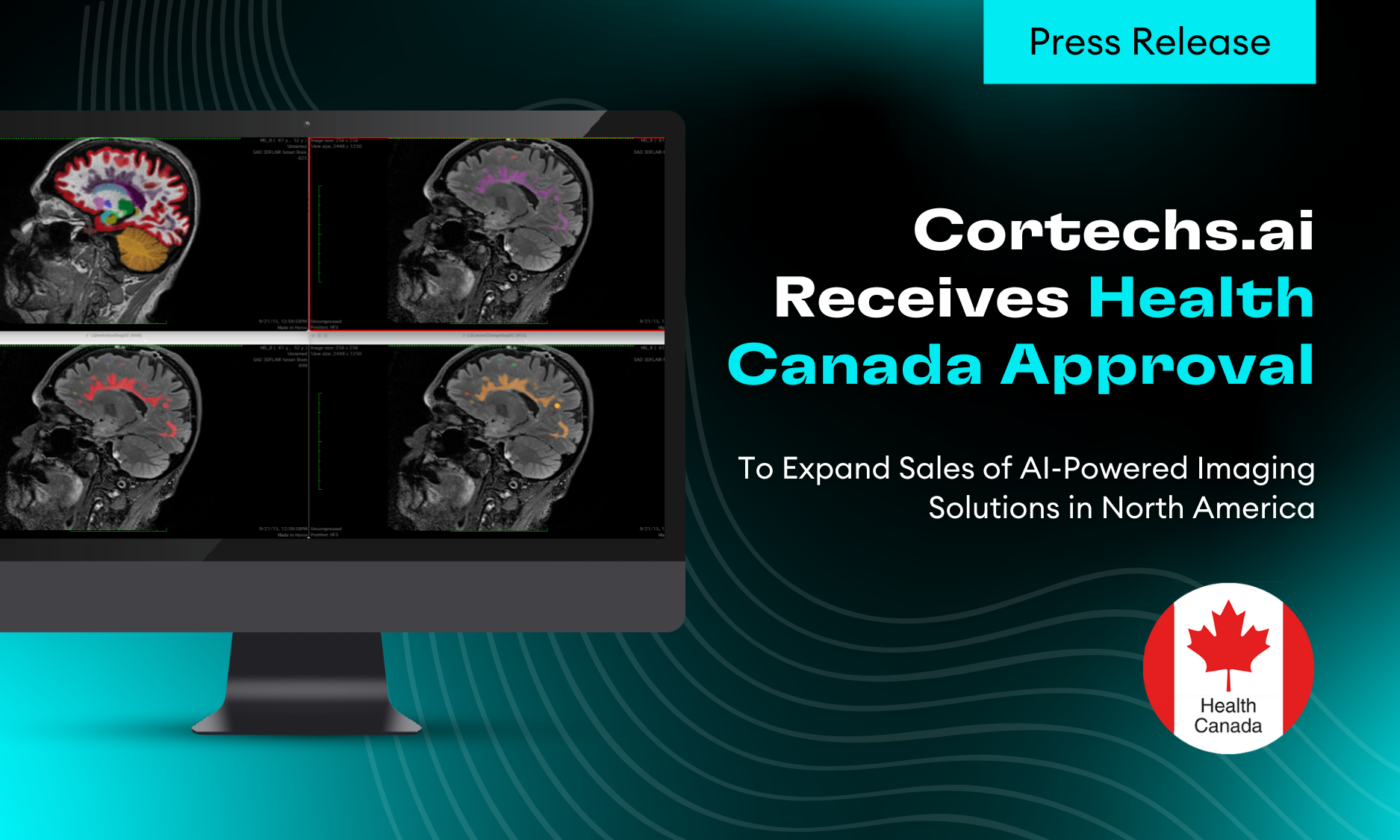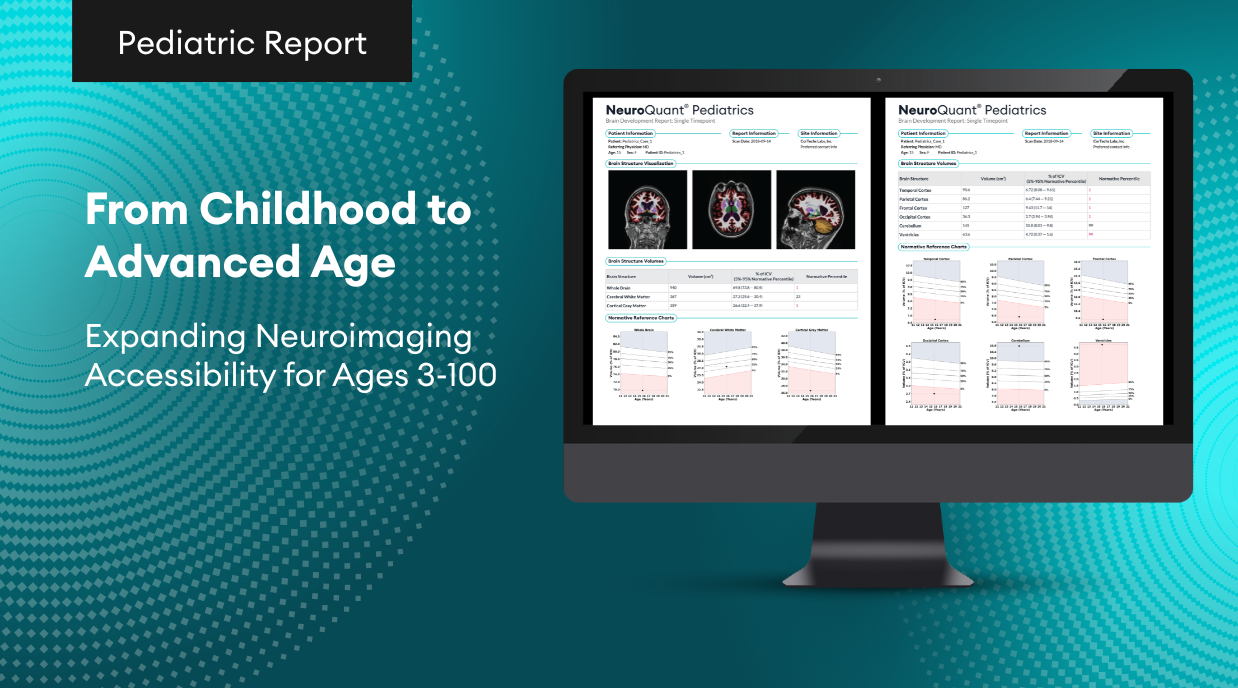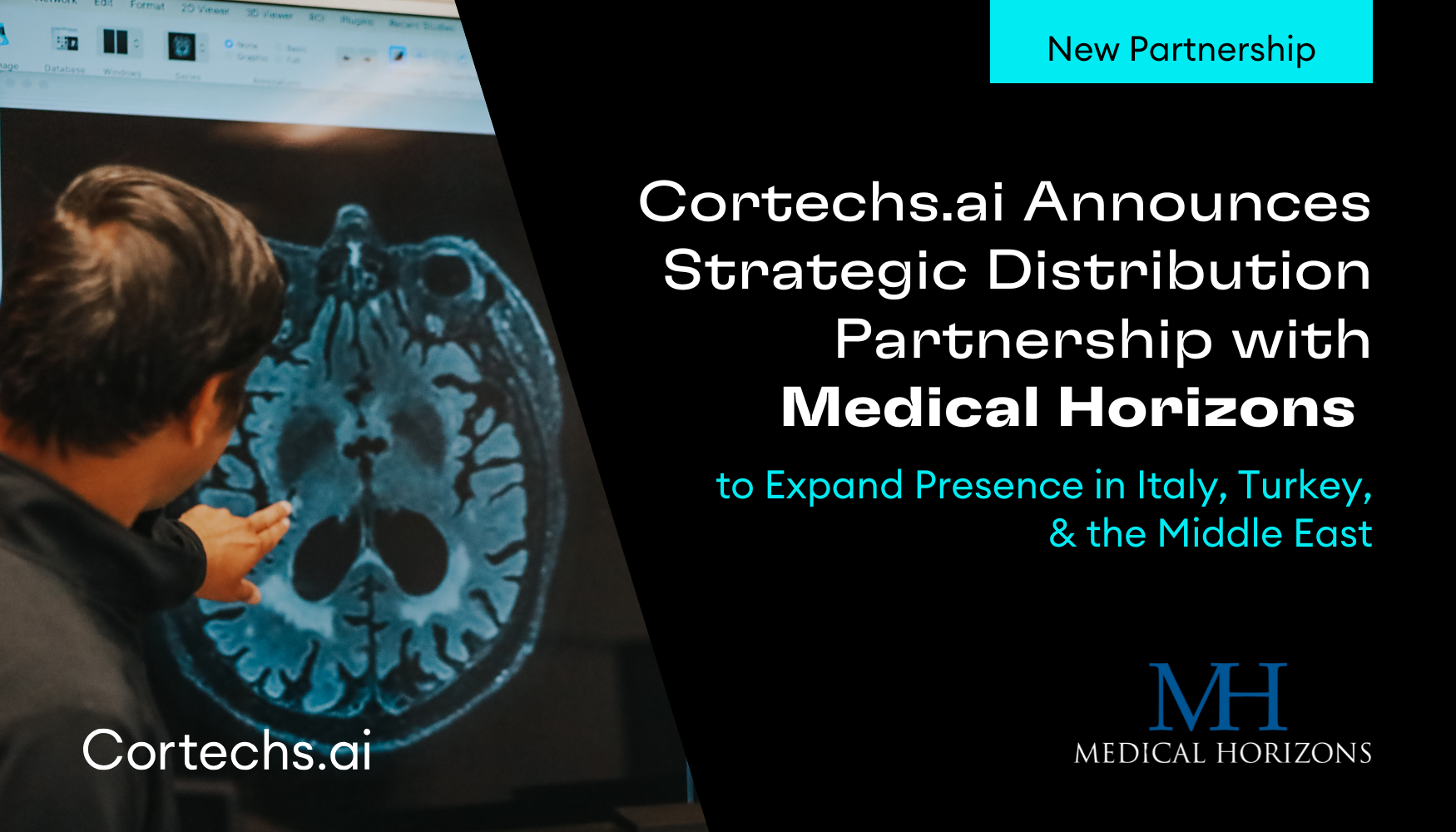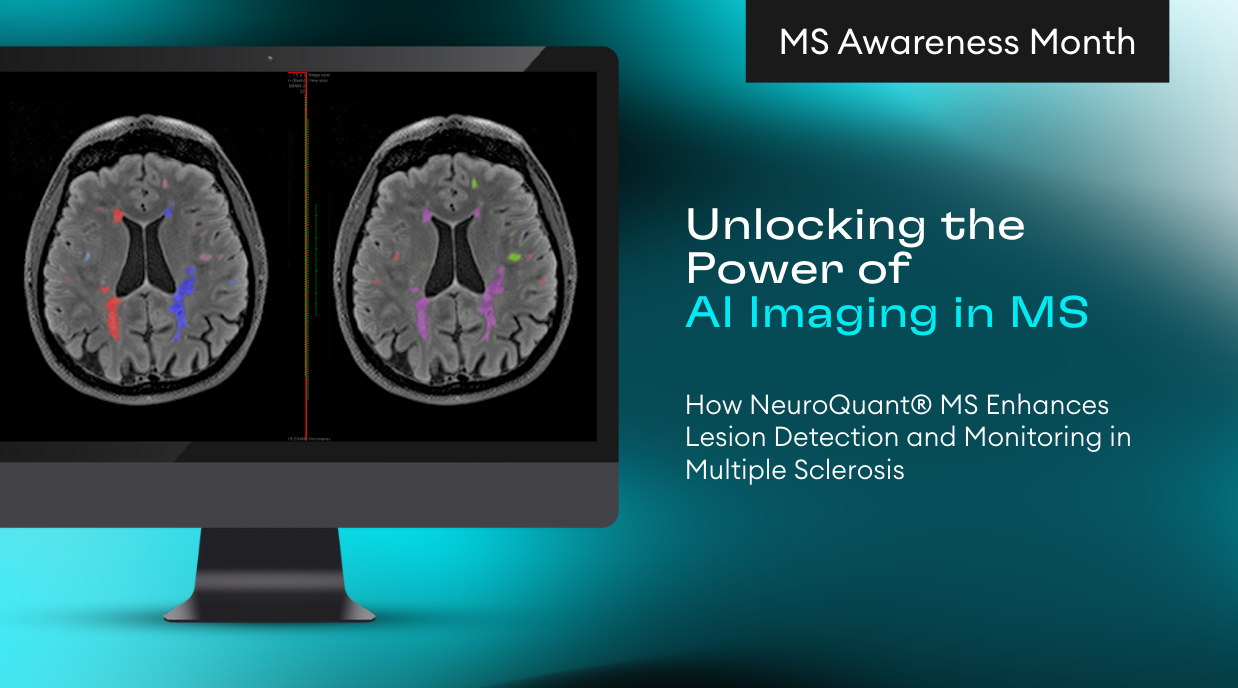Early detection and evaluation of neurodegenerative dementia is important for physicians, patients and caregivers, especially in developing meaningful treatment and management plans. Providing an indicator of specific disease states, biomarkers are helpful in measuring and evaluating disease progression. One such biomarker for neurodegenerative dementia is volumetric MRI, performed by NeuroQuant®, a leading medical device software for volumetric MRI processing.
In addition to volumetric MRI, several biomarkers are available for the early detection and evaluation of neurodegenerative dementia, specifically for the assessment of diminishing cognitive abilities from Alzheimer’s disease, mild cognitive impairment (MCI), and other dementias. These biomarkers can be used individually or in combination to assist physicians in their evaluation and monitoring of neurodegeneration, and include:
- Amyloid imaging: Radiotracing for amyloid plaques
- Fluorodeoxyglucose PET: Characterizes hypometabolism in parietal and temporal region
- CSF Amyloid (Aβ42): Decreased levels infer amyloid plaques
- CSF tau and phosphorylated tau: Elevated levels reflect neuronal injury
- Volumetric MRI (NeuroQuant): Measurement of segmentable brain structures
 To illustrate, studies have found that the presence of beta amyloid (Aβ42) and tau in the cerebrospinal fluid and hippocampal atrophy (individually and in combination) correlate to an increased risk of developing Alzheimer’s disease.
To illustrate, studies have found that the presence of beta amyloid (Aβ42) and tau in the cerebrospinal fluid and hippocampal atrophy (individually and in combination) correlate to an increased risk of developing Alzheimer’s disease.
One such study, The Australian Imaging Biomarker and Lifestyle Study (2013) (Figure 1) found that increased amyloid deposition can be detected up to 17 years before severe dementia presents, additionally hippocampal atrophy can be seen up to 4 years before severe dementia symptoms are present.
Another study, the 2012 report, Biomarkers for the clinical evaluation of the cognitively impaired elderly: amyloid is not  enough, conveyed the importance to not rely solely on the amyloid biomarker but to use a combination of biomarkers (Figure 2) in the initial and ongoing evaluation of cognitive impairment. The example decision tree presents one approach to incorporating volumetric MRI (NeuroQuant) and amyloid biomarkers into practice.
enough, conveyed the importance to not rely solely on the amyloid biomarker but to use a combination of biomarkers (Figure 2) in the initial and ongoing evaluation of cognitive impairment. The example decision tree presents one approach to incorporating volumetric MRI (NeuroQuant) and amyloid biomarkers into practice.
In the same report, the study authors provided a risk assessment of a patient developing dementia, through the correlation of atrophy (in Figure 3, indicated by the use of Hippocampal Occupancy Score (HOC)) and amyloid biomarkers. The HOC, a measure of mesial temporal lobe atrophy, is a value which is provided on the NeuroQuant Age Related Atrophy Report.
 NeuroQuant provides volumetric MRI biomarkers through automatic image segmentation of brain structures, using the images from MRI scans to measure the volume of certain brain structures. This is a valuable tool for physicians in their assessment of neurodegeneration, especially in early detection and evaluation of dementia.
NeuroQuant provides volumetric MRI biomarkers through automatic image segmentation of brain structures, using the images from MRI scans to measure the volume of certain brain structures. This is a valuable tool for physicians in their assessment of neurodegeneration, especially in early detection and evaluation of dementia.
Expressly for physicians assessing patients with cognitive impairment and memory loss, the NeuroQuant Age Related Atrophy Report provides volume measurements of the hippocampus, inferior lateral ventricles and the hippocampal occupancy score (HOC), and it also indicates the patient’s brain structure volume measurements as compared to a healthy population via a normative database. This allows NeuroQuant to deliver a precise indication of where that individual’s brain structure volume lies within an age- and gender-based reference chart. For physicians desiring a convenient and cost-effective tool to provide biomarkers, the NeuroQuant Age Related Atrophy report delivers accurate and critical information to aid in their assessment of neurodegenerative dementia.






